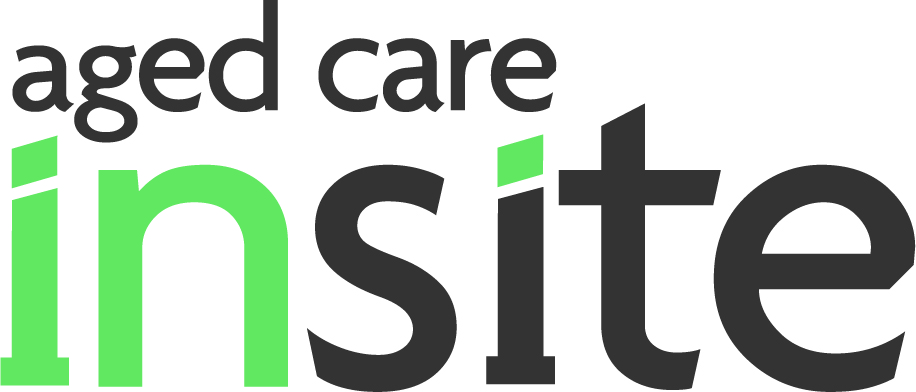Why healthcare facilities need to streamline workflows

Nurses often find themselves spending inordinate amounts of time on paperwork and data entry instead of doing what they trained to do: help patients.
While they would rather spend time with patients doing clinical care, nurses are often held back by growing reams of paperwork, difficulty in communicating effectively with other nurses and healthcare practitioners, and working with clunky, siloed systems.
Improving clinical workflows could potentially free up time for nurses to spend more time with patients and improve the quality of care they can provide, letting them be more productive throughout their shifts.
Clinical workflows involve numerous steps with the potential to create bottlenecks. If each step takes an extra few minutes, the overall result can be delayed significantly. It’s therefore crucial to examine each step in the workflow and find ways to optimise it.
There are five key ways to optimise clinical workflows for improved patient outcomes:
1. Bring systems together
Siloed systems create delays as nurses search for the right information, manually enter information, and decide what to do. Healthcare facilities tend to run different systems for different types of patient information. If nurses had access to that information in real time, they could potentially make better decisions for the patient.
Organisations should, therefore, consider integrating these disparate systems to share information more effectively.
A clinical surveillance system can help by automatically delivering alerts via a mobile device that lets nurses know that action is required. For example, using pre-set thresholds, systems could determine whether a patient is at risk of suffering an adverse event such as a cardiac arrest or stroke. The system alerts the appropriate clinician who can act immediately to potentially save lives.
2. Better manage practitioners’ time
Nurse call buttons don’t provide any information other than that a patient needs attention. This often means nurses bounce between patients with different needs, and in the worst-case scenario a patient may not receive the urgent attention they require because another patient pressed their call button first.
With a more comprehensive communication platform, nurses can prioritise which patients they’ll attend to based on contextual information. Colour-coded alerts, different alert tones and patient information can all show up on the nurse’s mobile device, letting them decide who needs their attention first. This helps nurses to focus on the patients who need them the most while ensuring everyone gets their needs attended to.
3. Maximise the value of each staff member
Nurses often go above and beyond the call of duty to help their patients, even if it’s not in their job description. However, for healthcare facilities to gain maximum value from each staff member, it’s important to empower them to do the activities they’re most highly qualified for.
Sending alerts to the right people on the care team means that lower-value or specific tasks can be performed by the most appropriate staff member while more highly-trained staff members are reserved for the tasks that need their expertise. This helps optimise the workforce and add the maximum amount of value to patient care.
4. Improve communications among care teams
Healthcare facilities are busy workplaces with many different professionals fulfilling different roles. It’s not uncommon for care teams to work together without necessarily knowing their teammates personally. This becomes a challenge when professionals need to communicate with each other regarding patient care. Time is often wasted as team members search for information, track down their teammates, and play phone tag.
Using a clinical communication platform with an enterprise-wide, web-based directory overcomes this challenge by making it simple for team members to contact each other even if they only know the person’s role rather than their name. These systems can include escalation preferences so that if a team member doesn’t respond to their most preferred mode of communication (e.g. a smartphone) then the call can be routed to a different mode (e.g. a pager) or even a different person, according to the rules set by the facility.
This improved communication means patients see the clinician they need to see faster, leading to better health outcomes and less wasted time for employees.
5. Encourage input into workflows from the team
No one is better placed to provide valuable input into how workflows are working than the people who use them every day. It’s important to seek feedback from team members to understand how they perceive the workflow and where improvements could be made. The improvements and additional buy-in from staff members can mean that workflows become exponentially more efficient and reliable.
Healthcare providers that examine these five elements of the workflow and act to improve each one can potentially deliver better patient outcomes, reduce unnecessary pressure on nurses, and improve workforce optimisation and productivity.
Alan Stocker is health practice lead with Wavelink, Australian distributor for SPOK .
Email: [email protected]





